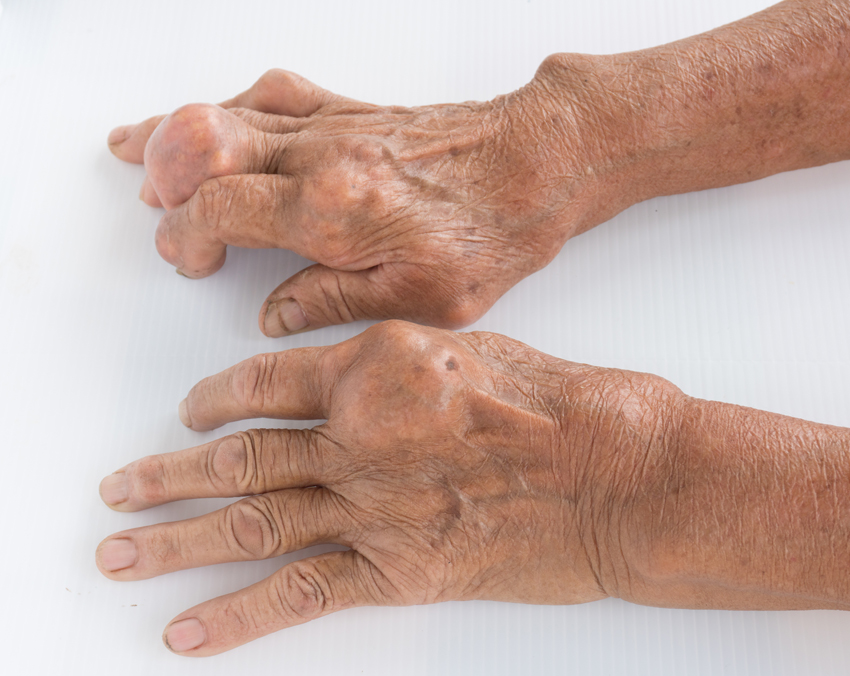Asymptomatic hyperuricemia associated with greater risk for gout
Asymptomatic hyperuricemia is common among healthy middle-aged individuals and linked to an increased risk for gout in men and women, according to findings published in Arthritis Research & Therapy.
“It is commonly referenced that 10% to 20% of subjects with [hyperuricemia] will develop clinically relevant gout, the most established adverse health outcome of [hyperuricemia], whereas it still debated whether [hyperuricemia] is causally related to other chronic diseases such as cardiovascular disease (CVD), kidney disease, dementia, or cancer, or not,” Meliha C. Kapetanovic, MD, PhD, of Lund University, Sweden and colleagues wrote. “At present, asymptomatic [hyperuricemia] is therefore not considered as an indication for urate-lowering therapy. The risk of incident gout has been reported to increase with duration of [hyperuricemia] and degree of increased [serum urate] levels. These estimates are all based on population outside Europe and often on relatively small samples.”
To analyze the long-term risk for incident gout among asymptomatic adults with various levels of serum urate, the researchers reviewed data from the Malmö Preventive Project, a population-based screening initiative for cardiovascular, alcohol abuse and breast cancer risk factors in Malmö, Sweden. A total of 33,346 adults participated in the project, and were screened between 1974 and 1992. Each participant completed a questionnaire, physical examination and laboratory test at baseline.

Kapetanovic and colleagues followed each participant until their first gout diagnosis, death, or they moved away from the area, through the end of 2014. Incident gout was diagnosed based on national registers until 1998, and from 1998 onward in the Skåne Healthcare Register. In addition, the researchers analyzed incidence rates, absolute risk, HRs and potentially associated factors using baseline serum urate levels, both overall and by sex.
According to the researchers, 1,275 participants — or 3.8% — developed gout over a mean follow-up period of 28.2 years. Among the participants with hyperuricemia, 14.7% of men and 19.5% of women ultimately developed gout. When compared to participants with the lowest levels of serum urate, the age-adjusted HRs among men increased from 2.7 to 6.4, and among women from 4.4 to 13.1, as baseline serum urate levels increased. This finding included a statistically significant interaction of sex. In addition, BMI, triglycerides and male alcohol risk behavior were strongly associated with serum urate at baseline among men and women.
Hypertension, cardiovascular disease and diabetes were also strongly linked with serum urate. There was also a negative association between serum urate and estimated glomerular filtration rate.
“In contrast to previous studies the risk to develop clinical gout at comparable [serum urate] values was found to be higher in women than in men,” Kapetanovic and colleagues wrote. “The close association between [hyperuricemia] and several common comorbidities such as CVD, kidney disease, and hypertension, emphasizes the need to establish their causal relationships and whether [urate-lowering therapy] can decrease the risk for these comorbidities.” – by Jason Laday
Disclosure: Kapetanovic reports no relevant financial disclosures. Please see the study for all other authors’ relevant financial disclosures.
